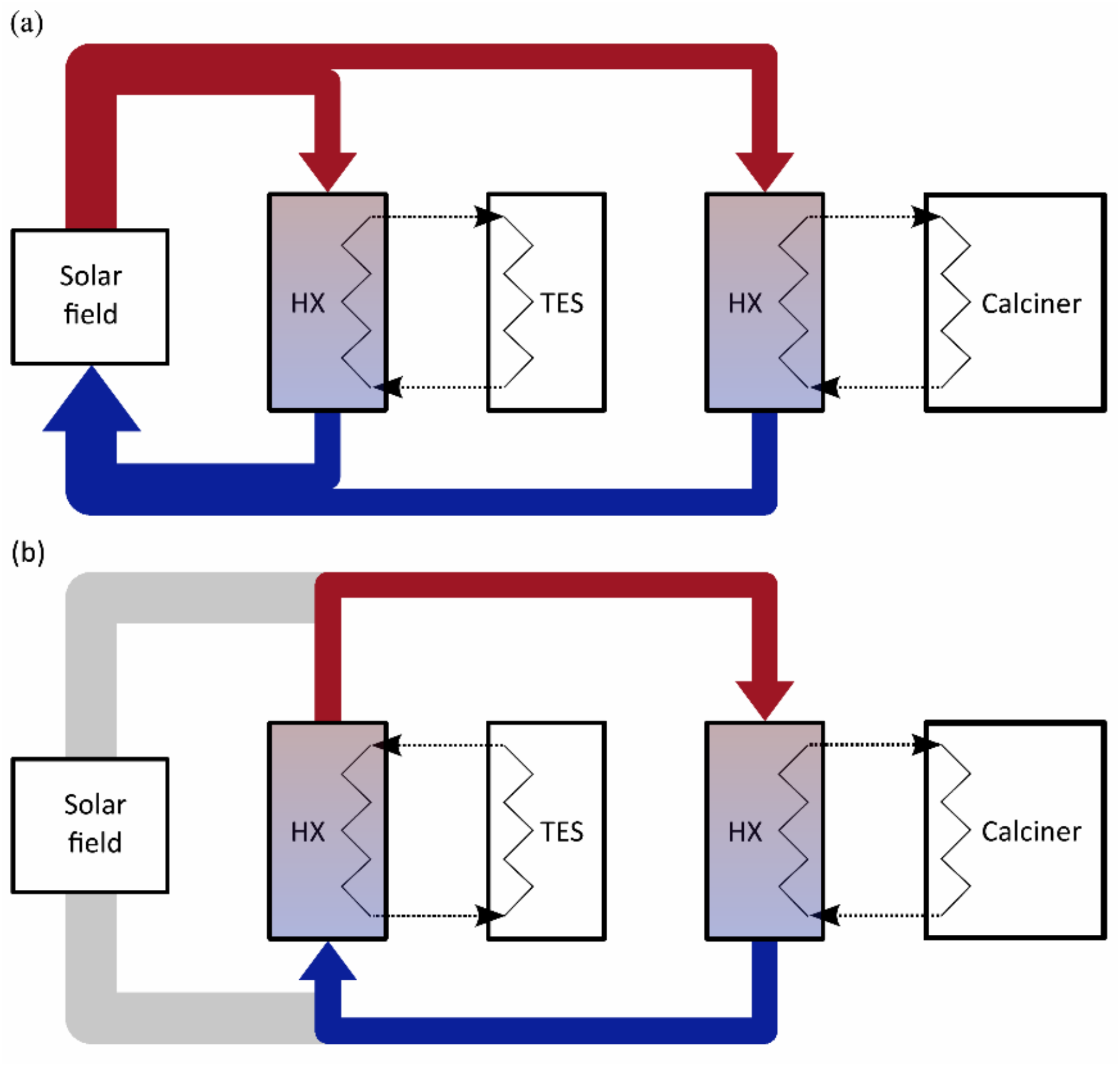SNF-Project - Continuous Solar-Driven Calcination of Borates
Funding source: external page SNF
Partners: external page UNSA, Argentina
Doctoral Student: Michael Wild
Project Head: Prof. Aldo Steinfeld
Background – Puna, the region located in the northwest of Argentina, has the world’s third largest borate mineral reserves. As borates are priced based on their boric oxide (B2O3) content, there is a strong commercial incentive to increase its concentration by thermal calcination. Calcination is an energy-intensive thermochemical process requiring operating temperatures in the range of 400-600°C. However, the main obstacle to increasing the value of the borate resources by calcination is the accessibility to energy sources. Puna’s solar resources are excellent, with an estimated solar irradiance reaching to 6-7.5 and 3.5-5 kWh/m2/day for months of January and June, respectively. Concentrated solar radiation can provide the required high-temperature process heat for the calcination process. Driving an industrial-scale chemical process with intermittent solar energy is challenging. Thus, to assist a continuous round-the-clock industrial operation, solar heat can be stored in a thermal energy storage (TES) unit from which heat can be recovered during periods of no or insufficient solar irradiation.

Objective - The objective of this project is to develop a continuous borate-calcination process driven by hot air as the heat-transfer fluid (HTF) using concentrated solar energy as the only source of high-temperature process heat. Air is heated by concentrated solar radiation either directly in a solar receiver of a solar tower or indirectly via solar energy stored in a thermal energy storage (TES) before being delivered to the calciner. The TES is represented by a novel concept that combines (i) a packed bed of rocks serving as a sensible heat storage with (ii) a thermochemical storage (TCS) section that enables storing/releasing thermal energy via the enthalpy of the reaction of a reversible endothermic-exothermic reaction. The successful realization of this project would be a significant step towards exploitation of solar energy in the mineral industry. In addition, the project would contribute to advancement of thermal energy storage for continuous electricity production based on concentrated solar power (CSP) technology.